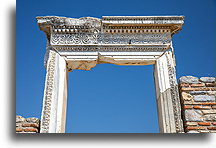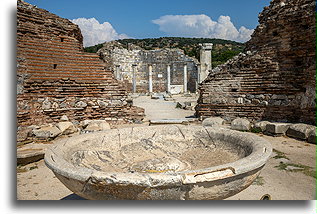The first settlement dates back to 7000 BC. In the 10th century BC, it became an Ionian colony. In 4th and 3rd century BC the city took part in the wars with Persia. The Hellenistic period ended in 129 BC when Ephesus as part of the kingdom of Pergamon was incorporated into the Roman Republic. In 33 BC Marc Anthony and his wife, the Egyptian Queen Cleopatra spent winter in Ephesus. The time of greatest prosperity began when their rival Octavian became Caesar Augustus and made Ephesus the capital of the province of Asia (today part of Turkey). In the 3rd century, the city fell into decline as a consequence of many earthquakes and the Goths’ raids.
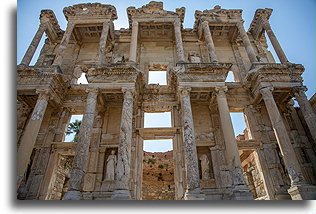
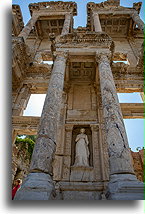
The architectural marvel of Ephesus is the Library of Celsus. Completed in AD 100, it is the only surviving example of the great libraries of the ancient world. The library at Ephesus was the third largest and probably contained around 12,000 scrolls. The library was actually a temple dedicated to Senator Celsus and was built over his tomb.
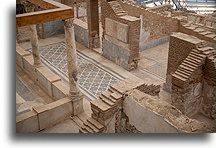
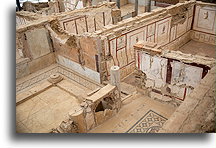
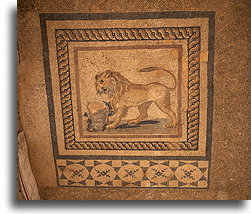
In Ephesus archeologists uncovered residential buildings from about AD 20. Houses contain living quarters, workspaces, kitchens and toilets with water supply and sewage system. Richly decorated reception rooms suggest that houses were occupied by the upper class.
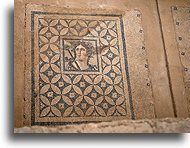
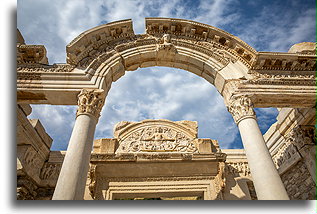
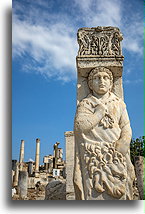
It was St. John the Apostle who established the first Christian community in Ephesus. This is a place where he wrote his Gospel. It is assumed that St. John died and was buried in Ephesus. His tomb was located in the basilica built in the 6th century.
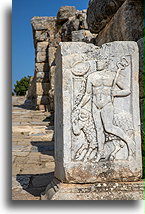
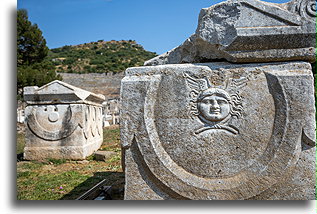
The Church of Mary or the Council Church in Ephesus was the setting for a Second and Third Ecumenical Councils in AD 431 and 449. Christian bishops established two important doctrines of the Church here. The resolutions reaffirmed the nature of Christ as both fully God and fully man and the Virgin Mary was to be called "Mother of God" not a “Mother of Christ”.
